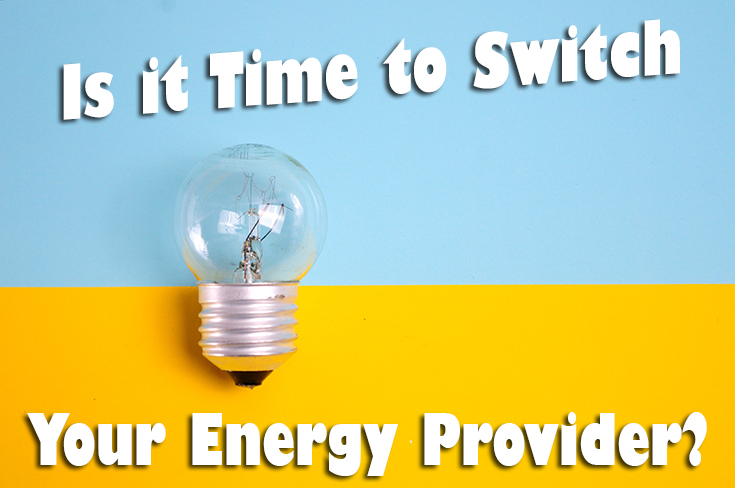Years ago, it was not possible to choose your own energy supplier. The government literally had a monopoly on the energy provider industry. Many people are so used to things the way they are, that they do not take the initiative to select their own energy provider. Here we will discuss the process of switching to a new energy provider.

What is Deregulation?
As we mentioned, the energy industry used to be monopolized by the state governments. In deregulated markets, companies other than the utility companies are able to supply electricity to consumers. In the states that have deregulated the energy market, consumers have the option to decide which energy provider they wish to choose.
As of autumn 2018, there are 14 fully deregulated states where residential consumers can select their own energy provider and four states that allow commercial and industrial consumers to select their own providers. The American Coalition of Competitive Energy Suppliers has additional information about the deregulated states and provides up-to-date changes relating to energy deregulation.
Are You Paying Too Much for Energy?
This is an important question to ask yourself if you live in a state that is deregulated. There are thousands of energy consumers that are paying too much for energy because they have not explored their options.
For many years, the energy market was shrouded in mysticism. Consumers were totally unaware of how energy rates were set. The utility companies would not fully disclose the methodology used to generate energy rates. Deregulation has allowed for greater transparency in the energy market.
Retail Energy Providers
Retail Energy Providers (REPs) are the companies that have formed to address the monopoly that the government had over the energy industry. These companies offer competitive options for energy production. These companies basically receive the energy they sell from the same sources and create plans to cater to the needs of the markets they serve.
Selecting an Energy Provider
There are three things that a consumer needs to consider when choosing a service provider. These include the rate of service, length of the service contract, and whether the rate is fixed or variable. Gathering the details about these key factors will give the consumer the information needed to secure the best price on their energy services.
Reverse Auctions
The learning curve and time factor involved in researching competitive providers have discouraged many consumers from attempting to find a different provider for their energy. Online reverse auction software has been developed to allow service providers to compete for business by submitting a series of bids. The auction ends when the absolute lowest price is reached.
Conclusion
If there is any doubt in your mind about whether you are paying too much for your energy, and you live in a deregulated state, you should consider taking advantage of the unprecedented opportunity to shop around for the lowest possible price for your energy service. Consumers no longer have to accept high energy costs, and they now have the chance to switch to a provider that is transparent and reasonably priced.





Leave a Reply